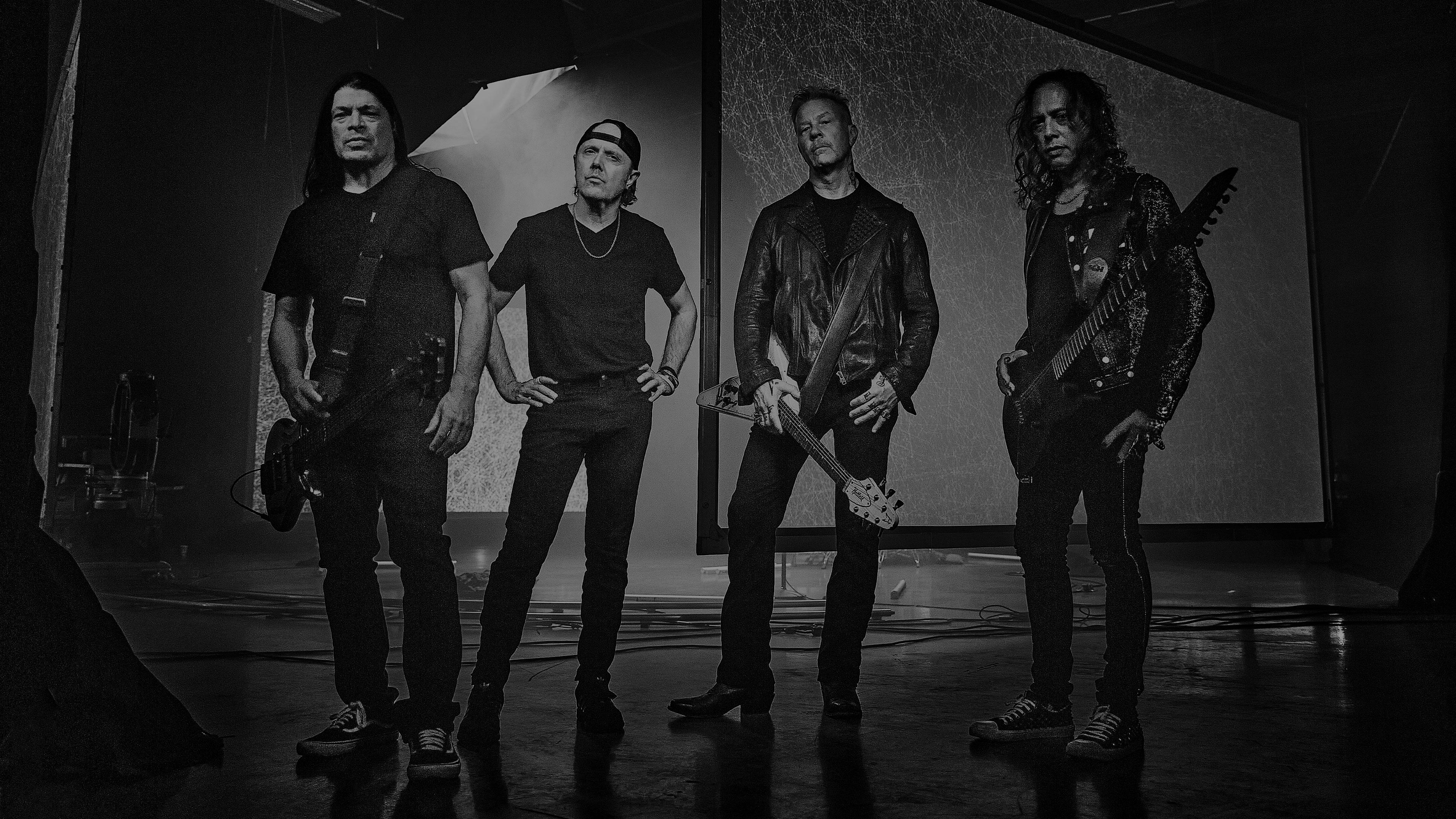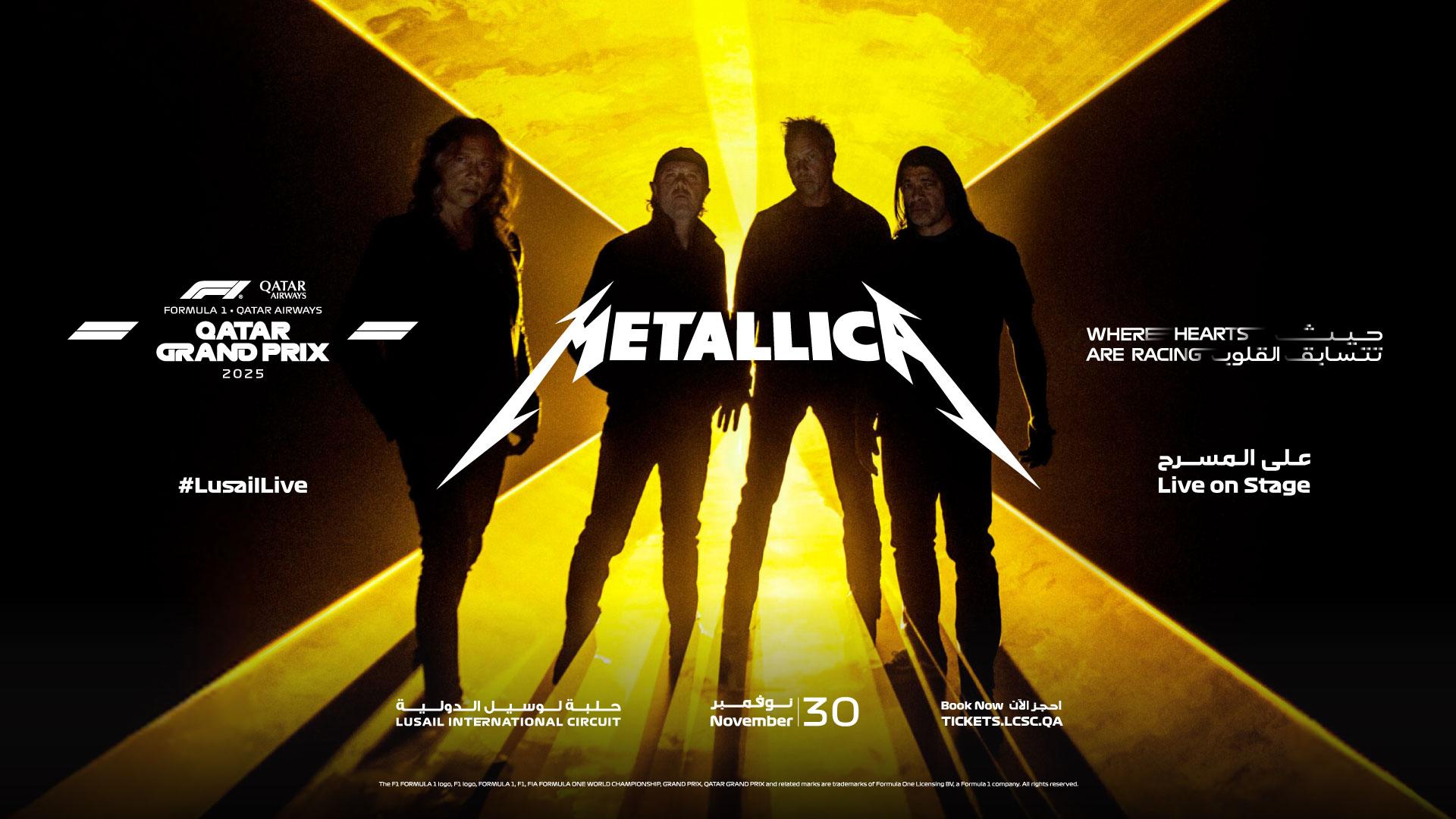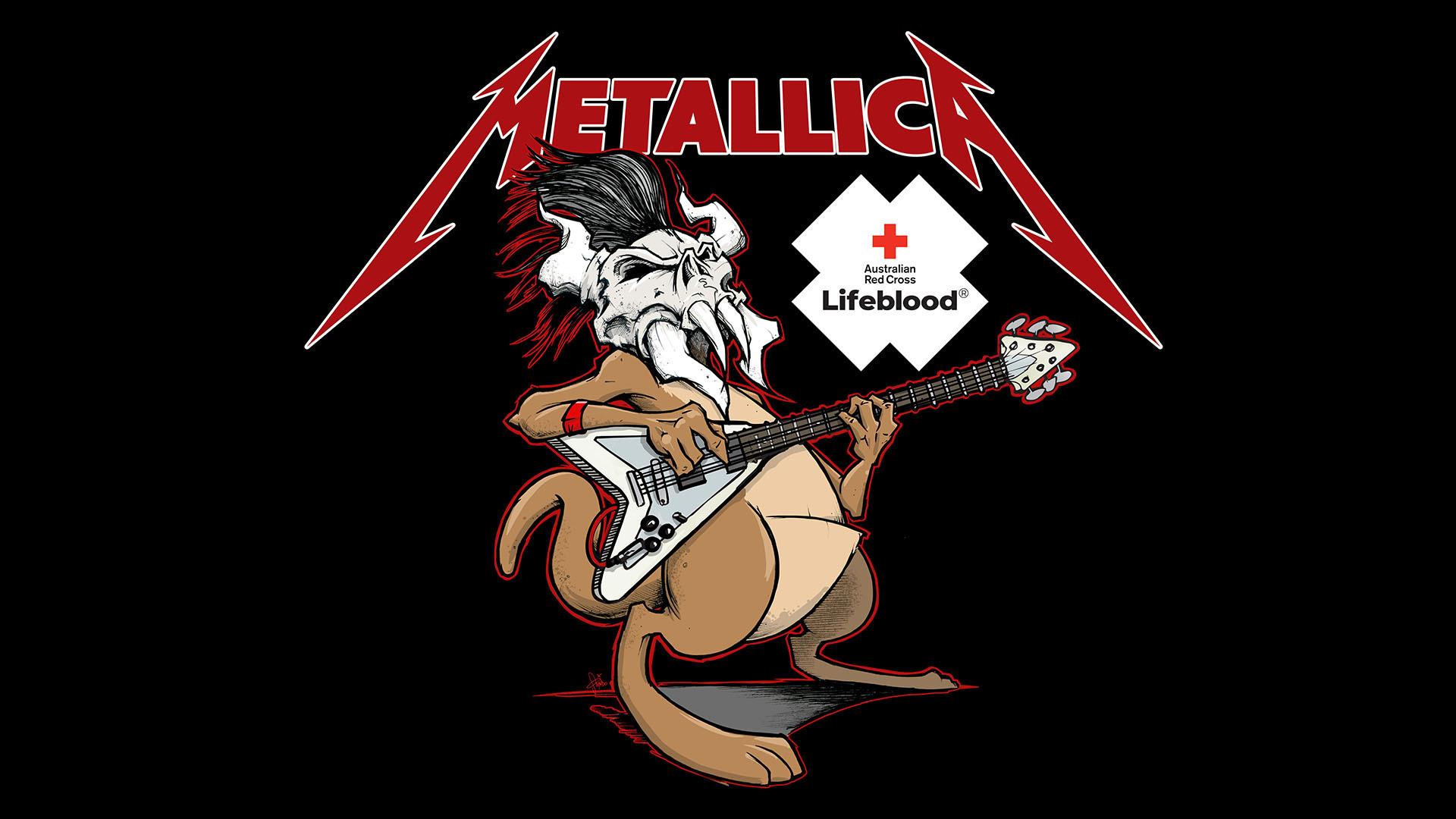Ennio Morricone - Il Maestro
The man who elevated film scoring to a whole new art form, Ennio Morricone, has sadly left us. Steffan Chirazi remembers this most special of creative geniuses.
Ennio Morricone was born on November 10, 1928 in Rome.
Of course he was.
Because, you see, Rome is special. Rome is living history, a city which basks in the glorious waft of arrogance that comes from knowing how good you are, a city which produces legendary people, from Julius Caesar to Federico Fellini to Ennio Morricone.
Raised in the Trastevere district of the great city, with its narrow streets and exciting artistic energy, Morricone was a wunderkind. Thanks to the tutelage of his father Mario Morricone (a trumpet player), Ennio had already written his first compositions at the age of six. To call him a prodigy is like saying a full moon sheds a smidgen of light. At the age of 12, he attended the Accademia Nazionale di Santa Cecilia, one of the oldest musical institutions and academies in the world, and completed a four-year course within six months. He studied trumpet, under Umberto Semproni and famous composer Goffredo Petrassi, as well as composition and choral music under the latter. When Morricone concluded his studies at the Conservatory in 1954, he left with diplomas in trumpet, composition, and band instrumentation.
As you have probably guessed, the list of achievements which follow are copious and far too long for the internet.
An Oscar in 2016 for The Hateful Eight and an honorary Academy Award for lifetime achievement in 2007, recognizing his contributions to music in film, along with several other nominations. Three Grammys, three Golden Globes, six BAFTA’s, a place on the American Film Institute’s list of Top 25 Best American Film Scores of All Time, and countless Italian honors.
To this writer’s eyes, however, one of the most significant events in Morricone’s life occurred in 1956, when he married Maria Travia. The pair had four children and remained married to his final breath, which tells you that Ennio Morricone was a man of passion and integrity.
The world’s best filmmakers and musicians flocked to him for those qualities as well as his incredible ability to create music which spoke to the heart and soul of viewers and listeners alike. Directors drawn to him included Oliver Stone, Quentin Tarantino, Brian De Palma, Terrence Malick, and Roland Joffe, to name just a few. He composed for artists such as Paul Anka and Andrea Bocelli. Yo-Yo Ma recorded an album of Morricone music which stayed for 105 weeks on Billboard’s Top Classical Albums charts. His influence can be heard and felt across genres through several other major artists including Hans Zimmer, Dire Straits, Radiohead, and Metallica…
…Metallica and Morricone, two words that for over 35 years have gone together like bread and butter, salt and pepper, intro tape and first song.
To understand the enormity of the connection, it is important to first note that for all the above achievements, Morricone will always be best known for his work with director Sergio Leone and the ‘60s Spaghetti Western trilogy A Fistful of Dollars, For a Few Dollars More, and The Good, the Bad and the Ugly. Coincidentally, Leone and Morricone were once briefly classmates, long before the two set about making films and scores which would greatly influence modern cinema.
Due to lack of funds, Morricone used noise samples such as gunshots, whistles, mouth harps, and the-then new Fender electric guitar to create scores which heightened each mood and twist in the movies. Ever a man who adored his roots, Morricone worked with childhood friend Alessandro Alessandroni (guitar and whistles) and his troupe of singers known as Cantori Moderni, including ear-catching solo soprano, Edda Dell’Orso. Leone believed that Morricone was as much part of the script as the score. He was right. They would enjoy further success with the likes of Once Upon A Time In The West (Morricone’s soundtrack album has sold approximately 10 million copies worldwide) and Once Upon A Time In America, Leone’s final film before his untimely passing in 1989.
These films – above all others Morricone worked on – ensured that his name and talents were exposed to a wide, contemporary audience, including the sorts of young men who formed bands fueled on enthusiasm, energy, fast food, and cheap beer.
During the 1980/81 Ace of Spades Tour, Motörhead used the first half of the “The Good, the Bad and the Ugly” as their stage intro. And it was Metallica’s first manager, Jon “Jonny Z” Zazula, who suggested the band walk out to something epic like “The Ecstasy of Gold” as opposed to the tape of an ever-speeding heartbeat that had previously been their intro. James had already found both entertainment and kinship with Leone’s The Good, the Bad and the Ugly, having identified with those three characters as a kid, so it proved to be an easy sell. Lars, Kirk, and Cliff, all keen film buffs themselves, recognized the scope and enormity that Morricone’s masterpiece projected, and so it was that Metallica would embark upon a journey with this song which would last decades and remind fans of the name of Ennio Morricone in all corners of the globe.
“The Ecstasy of Gold” was debuted as Metallica’s entrance music during the summer months of the Kill ‘Em All For One US tour in 1983, and everyone reading this will have their own personal memories of how it tingles the spine in the moments before the Metallica roar. Because it does exactly that. The house music cuts, and the opening strains begin. Big screen tours have shown the actual scene where Eli Wallach – as Tuco – scrambles desperately in that huge, dry, desolate cemetery looking for the grave that holds the gold coins, all $200,000 of them. And then there’s the raw electric charge of these moments, the battery of human energy and expectation soaring with every dramatic Morricone twist and turn.
We know every note, every vocal, every single texture, yet it connects with us at full voltage every time. Because it is the moment when whatever has happened in the day – for the band, the fans, the crew, me, you – is obliterated by the knowledge of what is coming. It is safety, it is power, it is absolute joy, and it is all of us together in our church, our house.
Obviously, Metallica has made many creative journeys with the composition.
The original four S&M shows and the latest two S&M2 shows all featured wonderful orchestral renditions of “The Ecstasy of Gold,” and in 2007, a properly-Metallicized version featuring a speed-driven finale was composed and recorded by the band for the tribute album We All Love Ennio Morricone. Then, on July 28, 2009 for show five of five at the Forum in Copenhagen, the band encored with their non-orchestral version of the song. This was the lone time Metallica has performed “The Ecstasy of Gold” live. That they have chosen to perform it only once illustrates how precious a piece of music it is, one not to be taken on too much, only to be presented as a jewel on special occasions.
It is said that at the time of his passing on July 6, 2020, Morricone had scored approximately 500 films and composed over 100 classical pieces. More facts, more figures, but I want to conclude my humble tribute by telling you a few things I’ve learned about Ennio Morricone that amplify his legend for me. He loved a Napoletana pizza: tomatoes, mozzarella, very few anchovies, and a thin crust. Every day he had lunch and a chat with his wife. He did not know the names of any contemporary pop musicians. He saw chess and musical notation as sharing strong similarities (Morricone was a chess enthusiast), and he did not trust computers, preferring instead to use pen, paper, phone, and fax machines. He stayed in Rome when Hollywood beckoned. Such a fantastic thing: this uniquely talented, creative, and passionate man refusing to throw his lot in for any whiff of greater LA-lucre. I believe it must have contributed greatly to the fact that he continued to live a vibrant and happy life until he left us at the age of 91. He never lost sight of what was important.
Wasn’t it impossible not to hear “The Ecstasy of Gold” when news of his departure came through? His memorial – and all the celebrations of his life – will not be lacking in wonderful music, amazing culture, and many, many fantastic memories.
Grazie Maestro, e buon viaggio. Con l’augurio che ci sia una buona Napoletana ad aspettarla, varcate le porte del Paradiso.
Thank you, Maestro, and safe travels. Here is hoping that there will be a good Napoletana waiting for you, beyond the gates of Heaven.Steffan Chirazi



